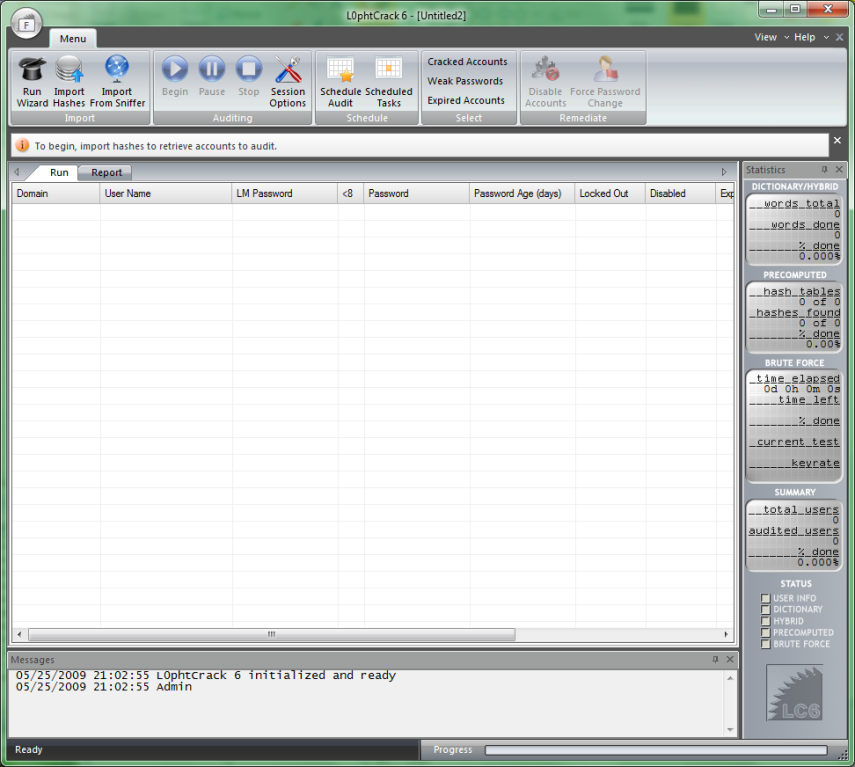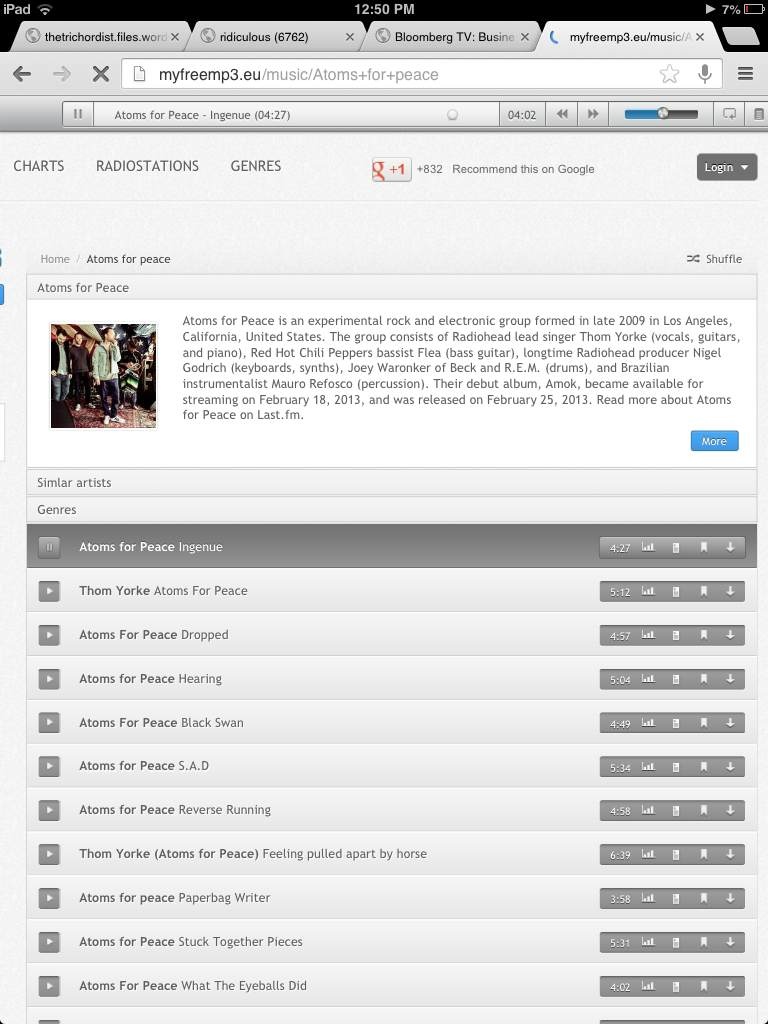
Guns are not banned simply because people might use them to commit crimes only the crimes themselves are banned. We do not ban P2P software on campus, because there are legitimate uses for it think of it like owning a gun. It's not so simple, though it's only wrong when you share stuff that you don't have the rights to. There has been a lot of hype in the media about P2P file sharing being bad. But if the shared files are illegal, this is a drawback, because there is no single source to shut down. This is a benefit when legal files are being shared, since there doesn't have to be an expensive central server that everybody downloads from. It also lets the user search for and download files being shared by other computers running the same software. It's been in the media a lot recently, and unfortunately there's a lot of misunderstanding about it, and about WOU's policies towards it.Įvery computer running a P2P file sharing program (such as LimeWire, BitTorrent, or iMesh) acts as a server so others using the same program can download files from it. Users are able to transfer one or more files from one computer to another across the Internet through various file transfer systems and other file-sharing networks.This week's topic is peer-to-peer (P2P) file sharing. These included increasing Internet bandwidth, the widespread digitization of physical media, and the increasing capabilities of residential personal computers. Several factors contributed to the widespread adoption and facilitation of peer-to-peer file sharing. the mmorpg Skyforge ) use it as their content distribution network for downloading large amounts of data without incurring the dramatic costs for bandwidth inherent when providing just a single source. Microsoft uses it for Update distribution (Windows 10) and online playing games (e.g. Peer-to-peer file sharing technology has evolved through several design stages from the early networks like Gnutella, which popularized the technology in several iterations that used various front ends such as Kazaa, Limewire and WinMX before Edonkey then on to later models like the BitTorrent protocol. After much discussion on forums and in chat-rooms, it was decided that Napster had been vulnerable due to its reliance on centralised servers and their physical location and thus competing groups raced to build a decentralised peer-to-peer system.

Napster had been incredibly popular at its peak, spawning a grass-roots movement following from the mixtape scene of the 80's and left a significant gap in music availability with its followers. Record companies and artists called for its shutdown and FBI raids followed. The early days of file-sharing were done predominantly by client-server transfers from web pages, FTP and IRC before Napster popularised a windows application that allowed users to both upload and download with a freemium style service.

Comparison of Internet Relay Chat clients.Data distribution using P2P networking technology.


 0 kommentar(er)
0 kommentar(er)
